refugee life
Gallery
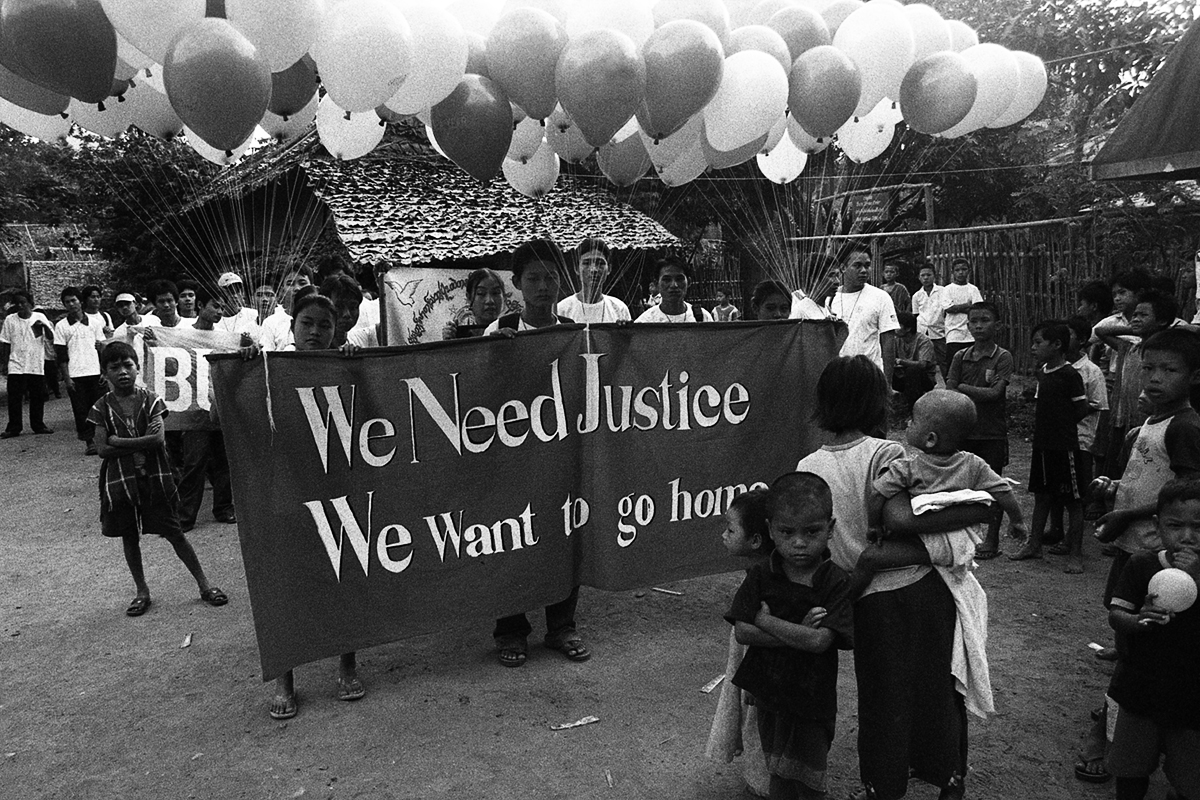
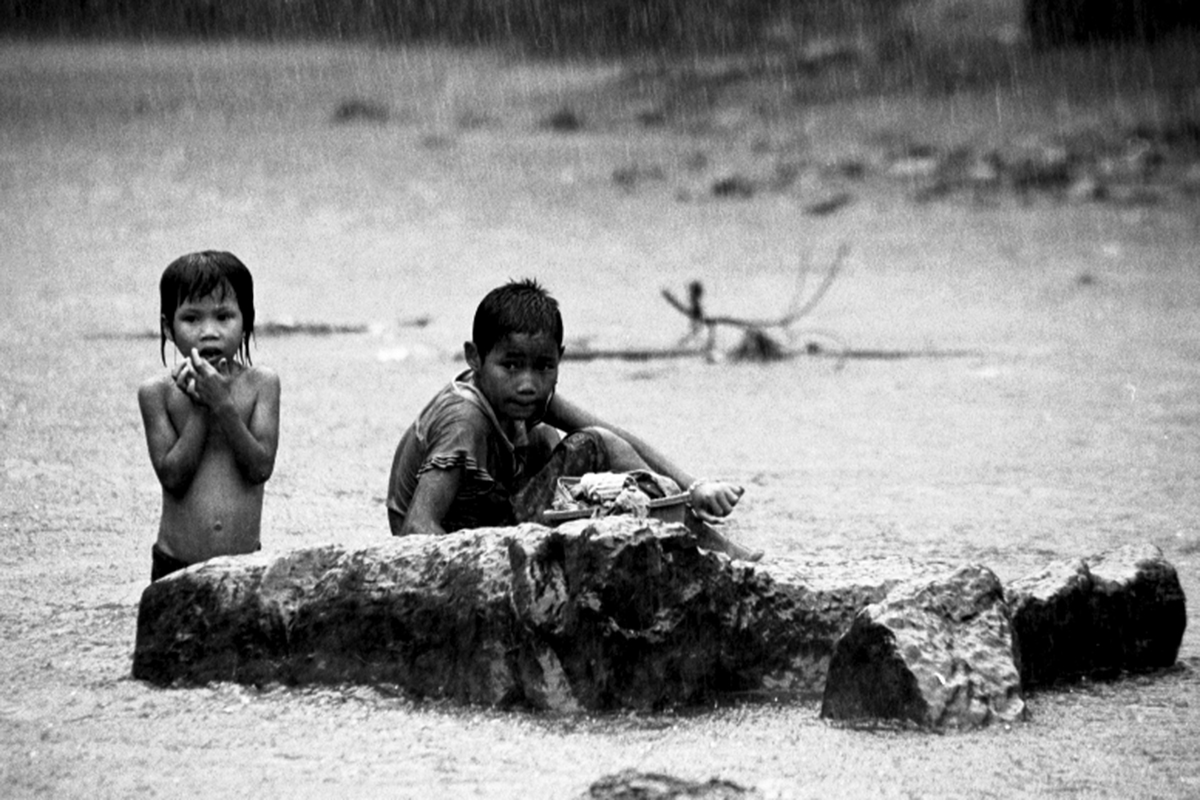

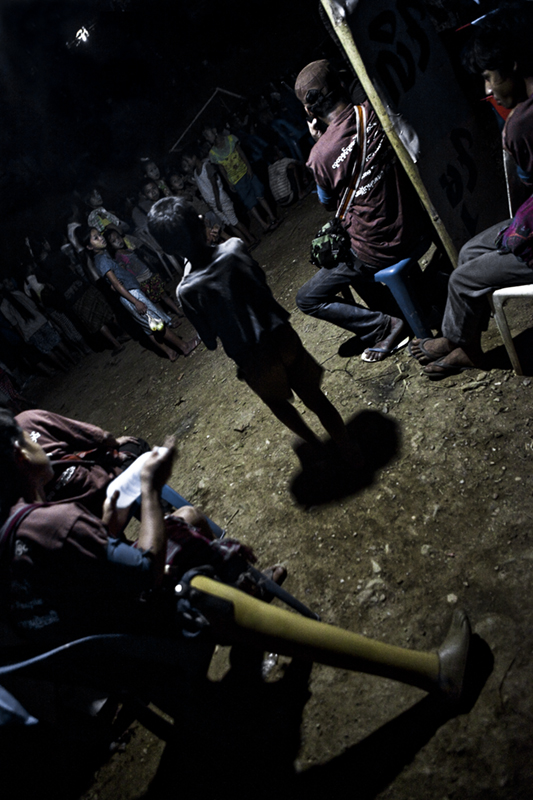

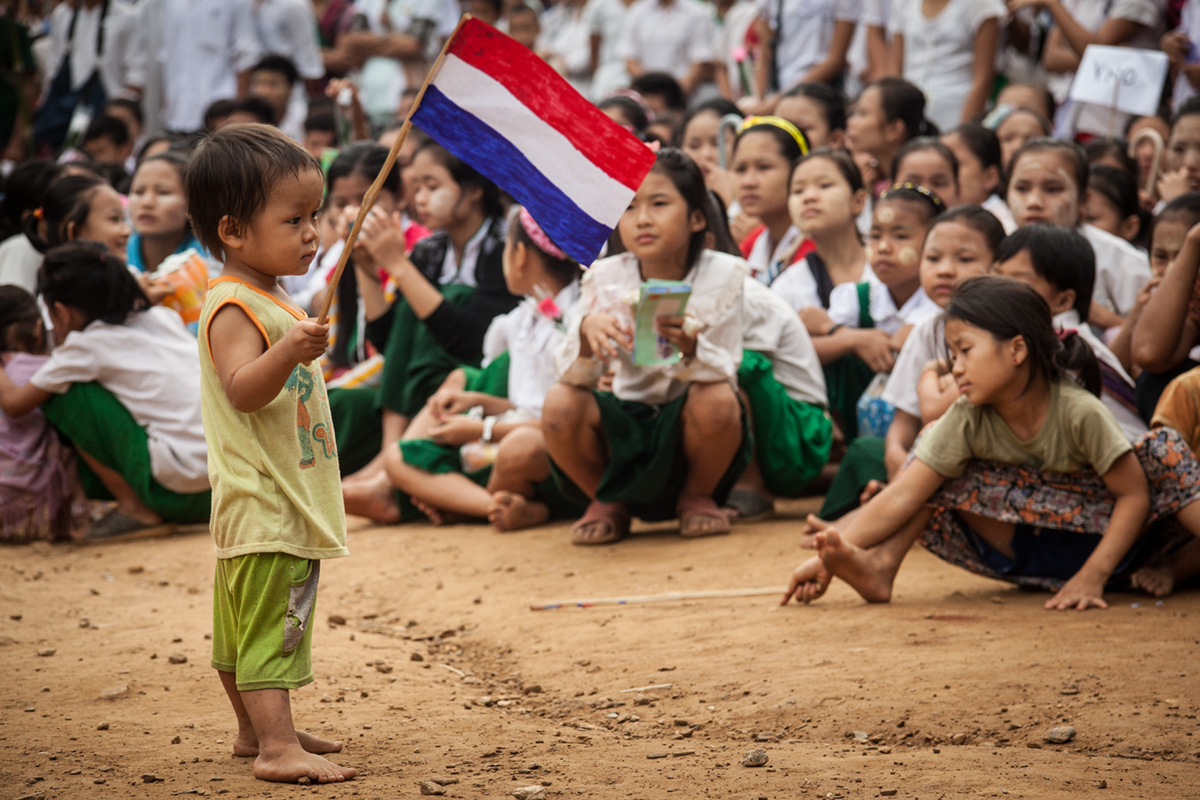
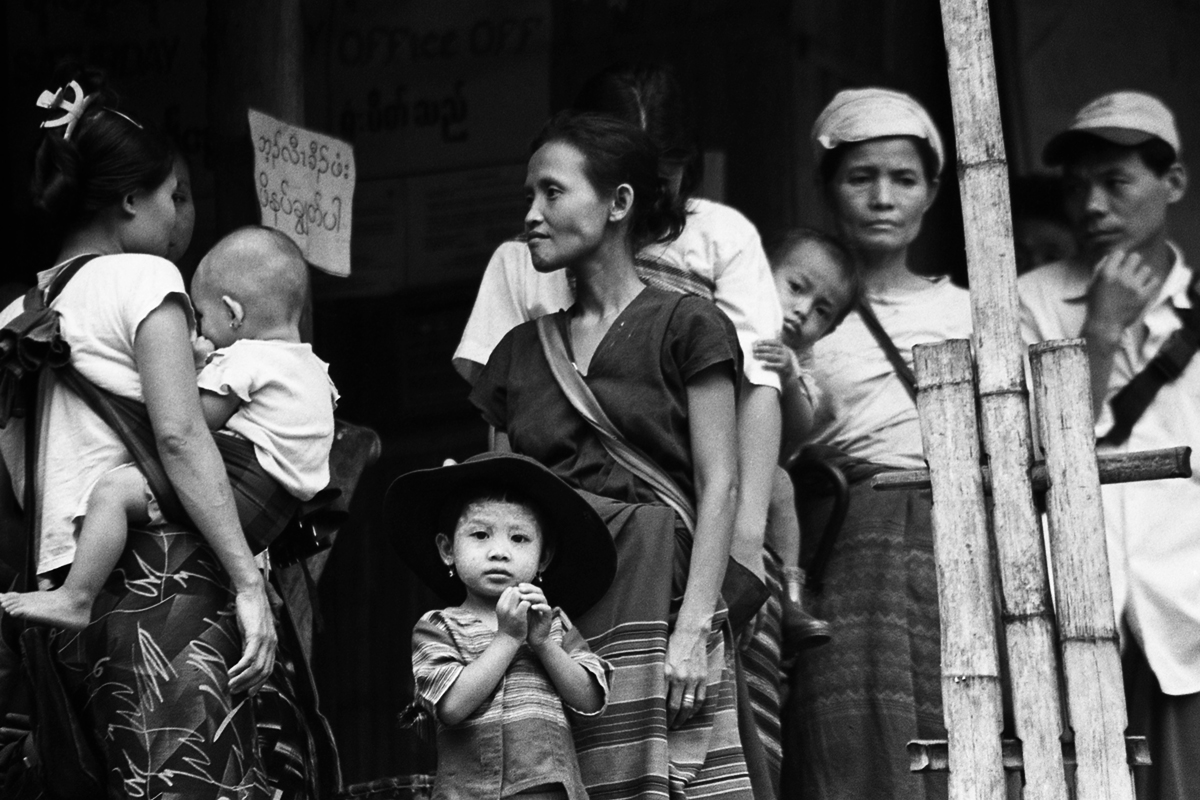


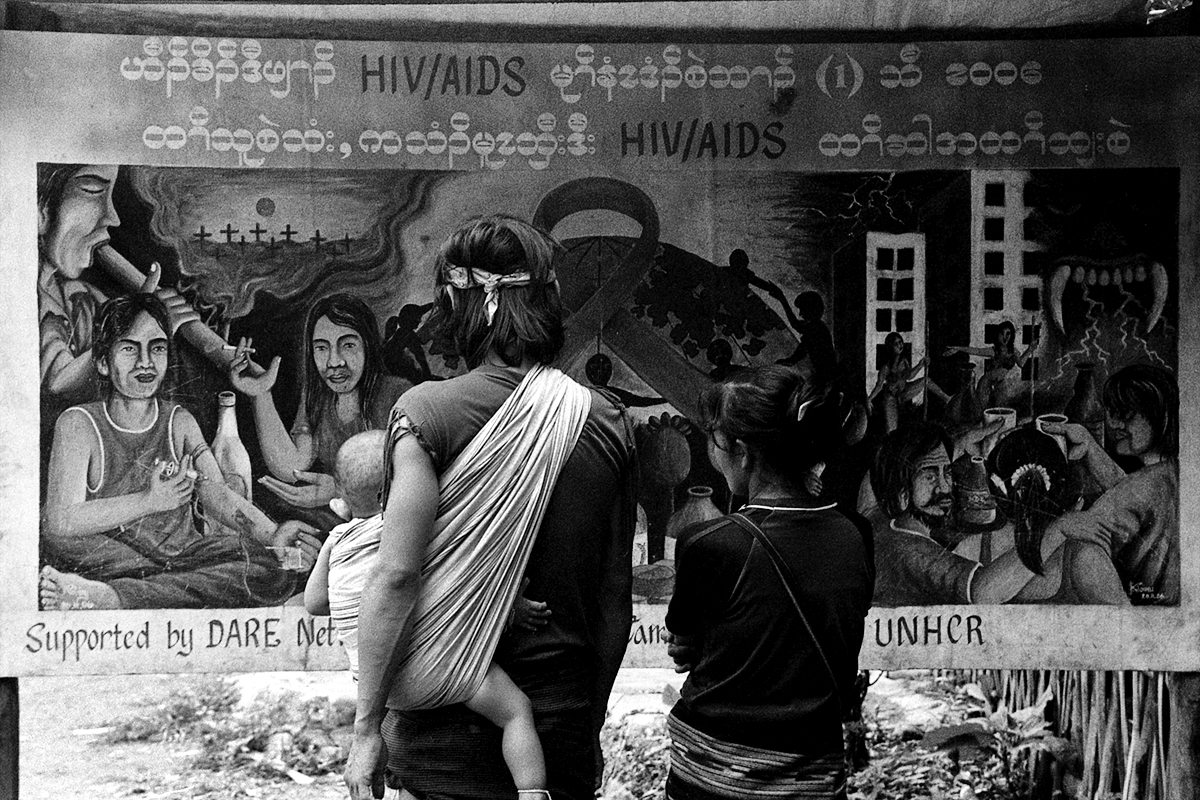

Gallery overview
The Thai – Myanmar border refugee situation is one of the most protracted in the world, with up to three generations of refugees being born into the camps.
According to Human Rights Watch, there are currently approximately 108,000 refugees – of which 87,000 are officially registered – living in the nine camps along the Thai – Myanmar border. These refugees have fled conflict and military perpetration of human rights abuses in Myanmar since the 1980s. Approximately half of the current population of refugees were born in the camps.
From 2004, seeking to resolve the refugee situation and close the camps, over 145,000 refugees were resettled, primarily to the United States but also to countries including Australia, Canada, New Zealand, Norway, Sweden, Finland and the United Kingdom (data: International Organisation for Migration).
The scale of the resettlement program combined with ongoing military abuses in Myanmar was unable to resolve the Thai – Myanmar border refugee situation.
Controversial plans in 2010 by the Myanmar Government, the Royal Thai Government and the United Nations High Commissioner for Refugees (UNHCR) to repatriate refugees to settlements being built in Myanmar similarly failed to address refugee issues.
Despite ongoing conflict in Myanmar and an escalation in rights violations, particularly since 2021, the Thai border camps have been officially closed to further refugee intake for decades. There are currently more than 3.2 million internally displaced people in Myanmar, a number that has grown by an estimated 1.8 million since escalations in conflict in October 2023 (data: Human Rights Watch).
In 2025, with funding cuts to international aid imposed by the Trump administration, food allowances in the camp were first cut to $2.30 per month per refugee before being completely removed. The American organisation, The International Rescue Committee has had to cease provision of medical services.
Refugees pervasively express a sense of hopelessness regarding their situation.
In August 2025 the Royal Thai Government began a process which will allow refugees out of the refugee camps in order to work in local Thai factories and farms. This is seen as a positive development.